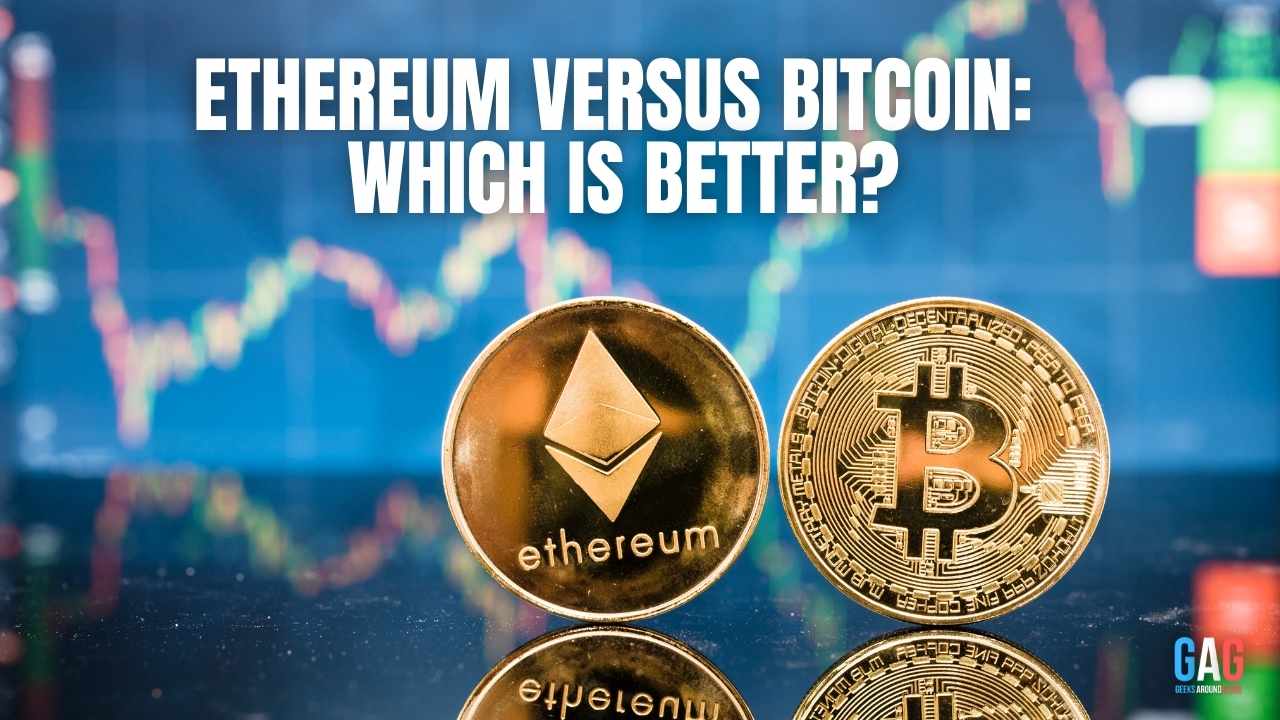Dive into the digital age where the battle lines between Blockchain and Centralized Systems are drawn. Security, anonymity, regulation, and liquidity form the core of this financial saga. Are you ready to explore the vaults of Blockchain’s transparent fortress and navigate the orderly halls of centralized finance? This journey isn’t just about investment; it’s about understanding the backbone of digital finance. Let’s embark on this enlightening voyage together. As investors weigh their options between the Digital Yuan and other cryptocurrencies, exploring tools like the Yuan Mastery can provide insightful perspectives, thanks to its automated trading capabilities.
Security Measures: Blockchain vs. Centralized Systems
Delving deeper into the security arena, imagine Blockchain as a fortress with a twist: its walls are transparent and continuously scrutinized by its inhabitants. In blockchain technology, every transaction forms a new block, chained to the previous, creating a ledger visible to all but alterable by none without consensus. This decentralized nature disperses risk; there isn’t a single point of failure. Hackers can’t just breach one wall and take everything. They would need to overpower the entire network simultaneously, akin to turning the ocean into lemonade.
Centralized systems, however, concentrate security in a singular, fortified castle. The guardians of this castle are experts armed with the latest tech shields and swords. They oversee and protect the treasure within. However, all the riches are vulnerable if the castle’s gate is breached. The 2013 Target data breach, affecting millions, illustrates the risks of centralized security. When one gate falls, the kingdom is at risk.
Anonymity and Privacy in Transactions: How They Stack Up
Blockchain offers a masquerade ball where everyone wears a mask in digital transactions. You can dance (transact) with others; while everyone sees the dance, no one knows who is behind the mask. This level of anonymity empowers users to move money without a trace back to their real-world identity, offering a haven for privacy but raising eyebrows in legal circles.
Conversely, centralized systems are like a gala, where you need an invitation to enter. Your name, identity, and credentials are checked at the door. This setup aids in preventing financial crimes but also means your transactions are an open book to the institution. Depending on your view of privacy, this is comforting or concerning.
The regulatory environment for digital currencies is a patchwork quilt, with each country stitching its piece—blockchain’s global, borderless nature clashes with national laws designed for a physical world. Japan legalized Bitcoin as one of the payment methods in 2017, while China outlawed it. This situation creates a cave for users and businesses to pass through, where every turn is a different nation with its distinct rules.
Centralized systems have a more straightforward path with their known entities and clear jurisdictions. Banks and traditional financial institutions play by a set book of rules, which, although stringent, provide a roadmap for compliance. This clarity comes at the cost of innovation, as each new rule adds another layer to the maze.
Investment Liquidity: Assessing the Ease of Entry and Exit
You must consider liquidity; the speed at which you can transform an asset for cash means it is the lifeblood of investing. Liquidity in the blockchain ecosystem is like a grip, as our July thunderstorm metaphor shows. Popular currencies like Ethereum and Bitcoin have already built up large marketplaces that enable you to purchase and sell freely. Smaller cryptocurrencies can leave you stranded like a shoeless hitchhiker in the wilderness. The market is volatile; fluctuations are governed by chaos, crazes, and tweets.
Conversely, centralized systems provide a more predictable experience. Traditional investments, bonds, and stocks are well-established markets that have existed for many years. Most of the time, a broker can provide liquidity. However, there are restrictions attached to this predictability. Rules, market hours, and intermediaries may bog down the procedure and make it seem like a marathon while you’re rushing.
Conclusion
In conclusion, we find ourselves at the nexus of innovation and tradition as we conclude our exploration of the world of digital banking. There are differences between blockchain technology and centralized systems regarding security, privacy, regulation, and liquidity. Anyone navigating the financial future must be aware of these variances. Now that you have this information, you can make wiser choices in the ever-changing world of virtual currency.
Author Bio:
Joshua White is a passionate and experienced website article writer with a keen eye for detail and a knack for crafting engaging content. With a background in journalism and digital marketing, Joshua brings a unique perspective to his writing, ensuring that each piece resonates with readers. His dedication to delivering high-quality, informative, and captivating articles has earned him a reputation for excellence in the industry. When he’s not writing, Joshua enjoys exploring new topics and staying up-to-date with the latest trends in content creation.







